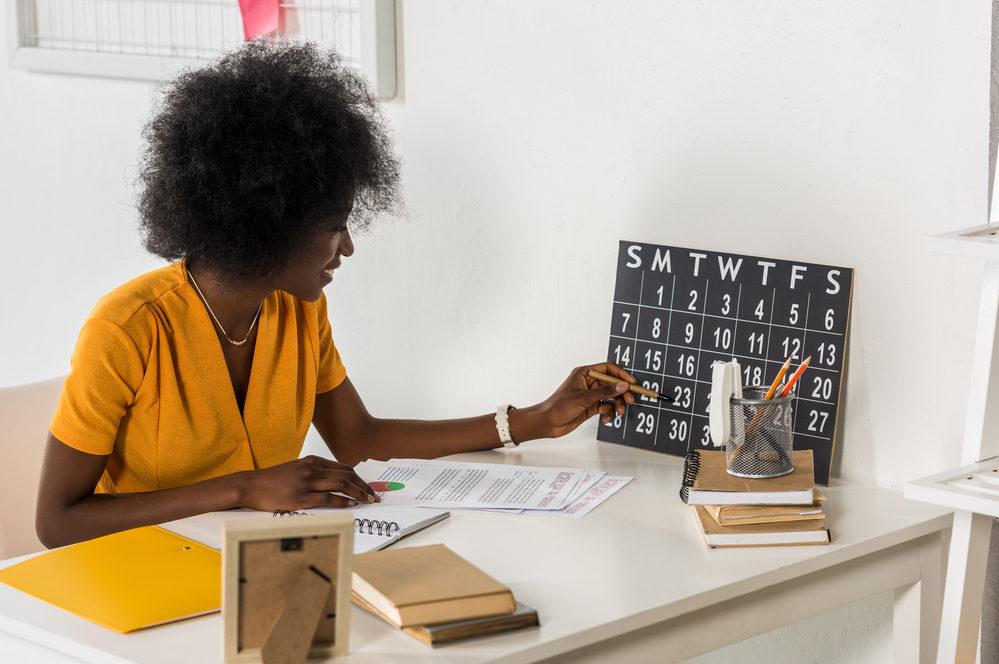Following the tragedy of September 11, 2001, a busy executive decides life is too short not to be a Stay-at-home Dad for a spell.
Kelly Milroy, AVP of Investor Relations TD Bank is one of TD’s hardest-working dads – after a six-month leave to spend time with his son, Ethan, he transitioned back into his work responsibilities, his Oakville-Toronto commute, and balancing quality time with his family.
TD’s proactive support is essential for a satisfying employee experience. They encourage health in all areas of life, starting with your family. TD’s approach towards flexible work hours comes from the value in the quality of work delivered, instead of the face-time hours. For Kelly, the partnership with his employer is as established as the one with his wife, Martha.
1. How do you manage the commute to and from Oakville with three children and their activities?
It is critical to have both a supportive “home” partner (my wife Martha) and a flexible “work” partner (TD). Our daily routine has me doing drop-off at school, as Martha goes in to her job at TD Waterhouse for 7 a.m. Martha leaves the office between 4 and 430PM to pick up the kids at school and I come home after. We are regular users of the GO Train.
2. What made you take a break from your high-profile job at TD to be a stay-at-home Dad?
Our son Ethan was born in June 2001 and the Twin Towers went down in September. That was a seminal event for me (as for many people) and the catalyst to making a few important changes in my life. Being close to my children is not an option for me, it is a requirement. That horrible event showed me you have to do the things that are important while you have the chance to because you don’t get time back.
3. There is so much support for Moms these days. How did you find a support group and activities as a dad at home with the kids?
I actually did not utilize any support groups as a stay-at-home Dad. Like the stereotypical man who refuses to ask for directions, I went at it on my own and called Martha for help when necessary. I suppose I got a little lost along the way but that made the journey that much more adventurous!
4. Women who go back to work after time away to raise children often complain that leaving the corporate world for a few years harmed their career. Do you feel the same way?
I can’t speak to other people’s experience, but for me, I feel I have been quite successful with my career after coming back. In the years following my Parental Leave I have been promoted a few times and am currently an AVP in Investor Relations.
5. Now that you are back to work in the office – an hour from Oakville – how do you handle sick children, extra daytime events at the school and PD Days?
Again, it is critical to have both a supportive “home” partner (my wife Martha) and a flexible “work” partner (TD). Martha and I work together to make sure we take care of the family and decide who is more able, for any given situation, to stay at home. TD works with us by providing both Martha and I with remote access to the work network. This is a huge plus for us as it allows a tremendous amount of flexibility and not just for impromptu sick days. With remote access we can get work done from home “after family hours” which means after the kids go to bed. TD understands it is about the quality of your work and the seamless nature of the flexibility. As long as the work gets done to the same professional standard, and you can communicate in real-time with your colleagues, partners and clients, then it is a win for everybody.
6. What advice do you have for dads who make the choice to stay home?
Making the choice to stay at home is probably the hardest part of the whole process because, in my mind anyway, one of the biggest obstacles facing working fathers today is actually self-imposed. It is the perception by some fathers that it is somehow unmanly to be at home with children. I am so happy whenever a male colleague at TD approaches me to ask about my experience. That single action says to me “That man is considering doing this fantastic thing, a real life changer, and that I can help them see how positive an experience it was for me – and can be for them.” After that hard part is done, I would say just embrace the moments you have with your child. This is time we never get back so make the most out of every minute you have.






